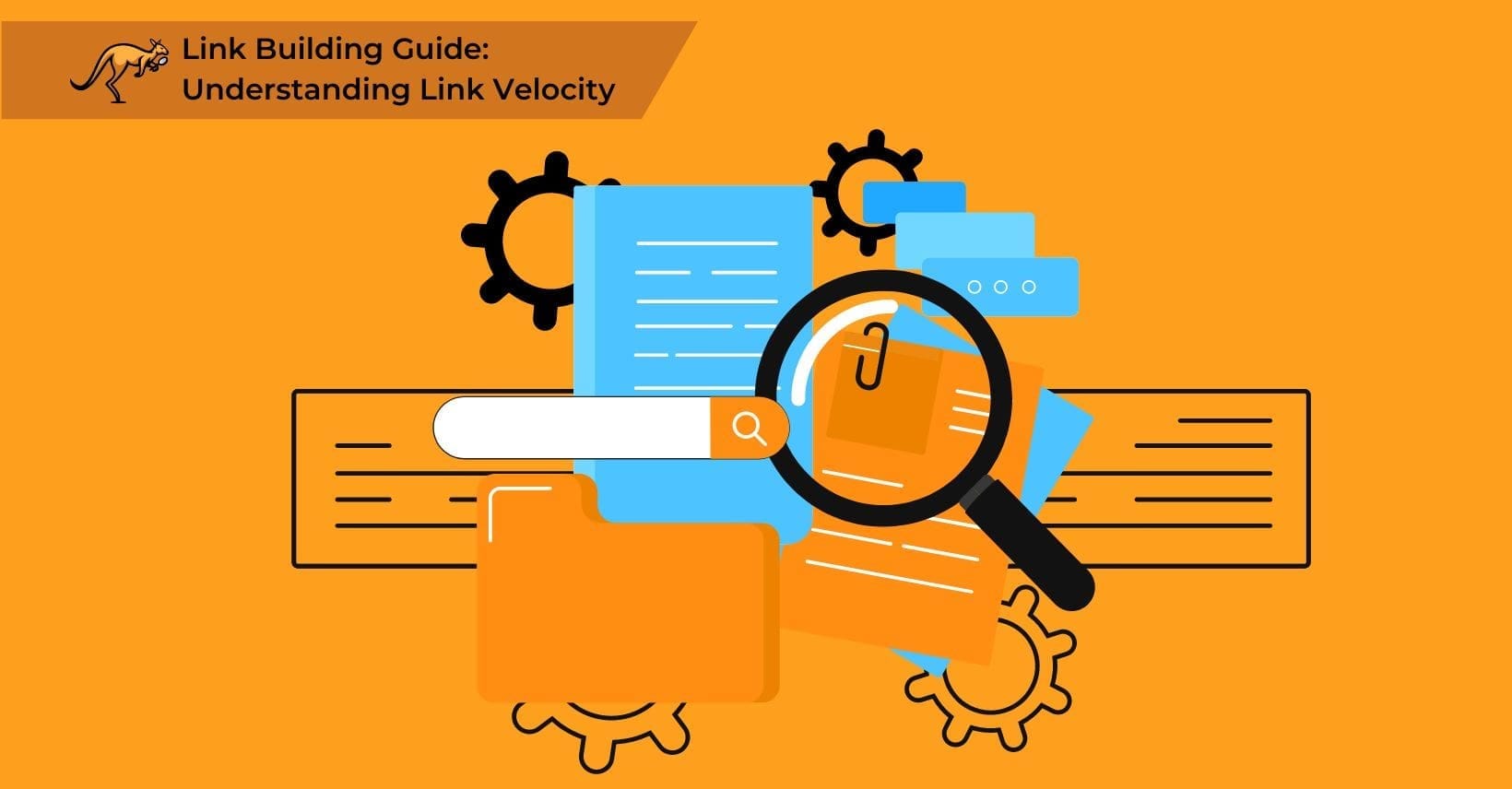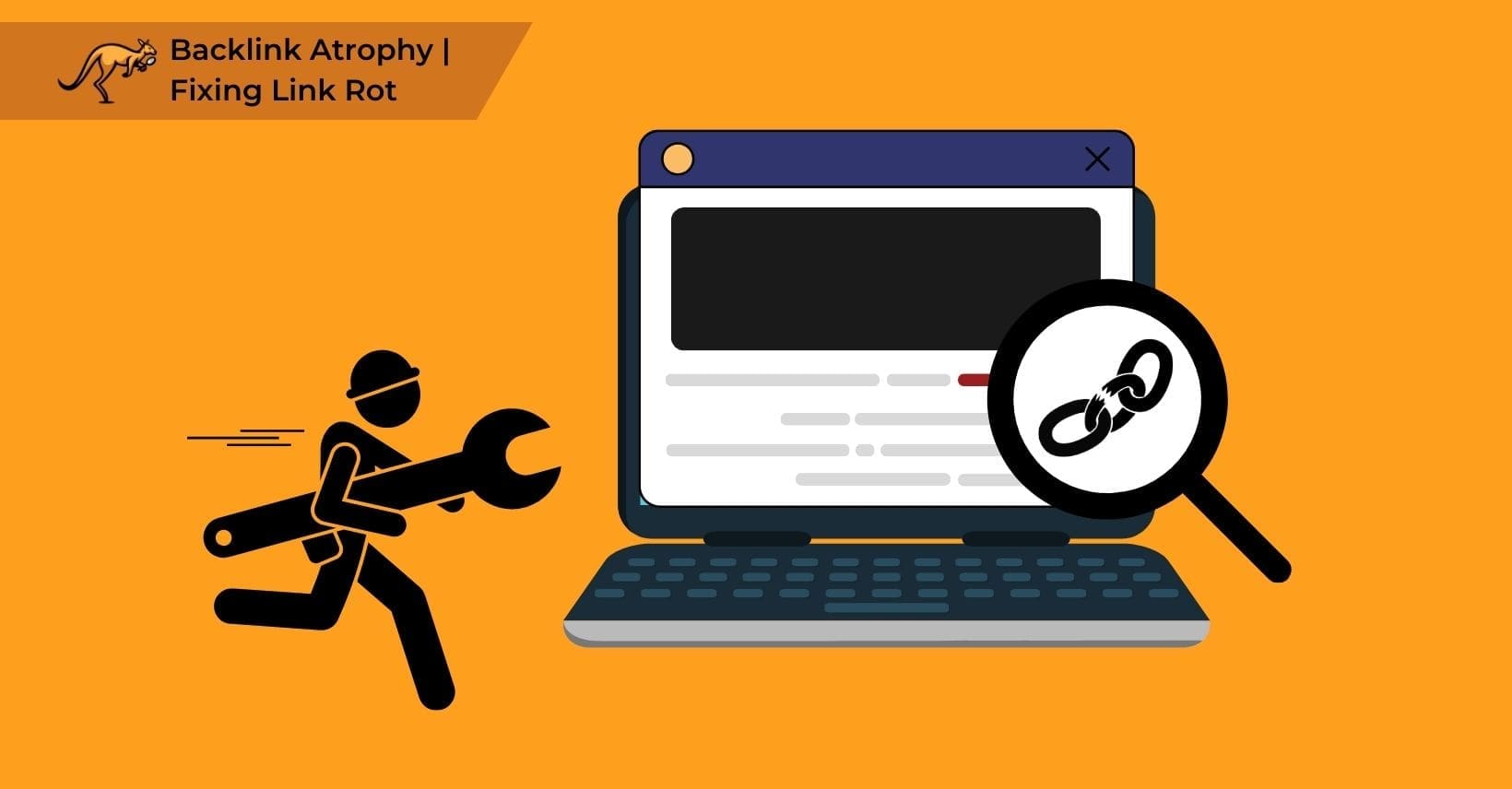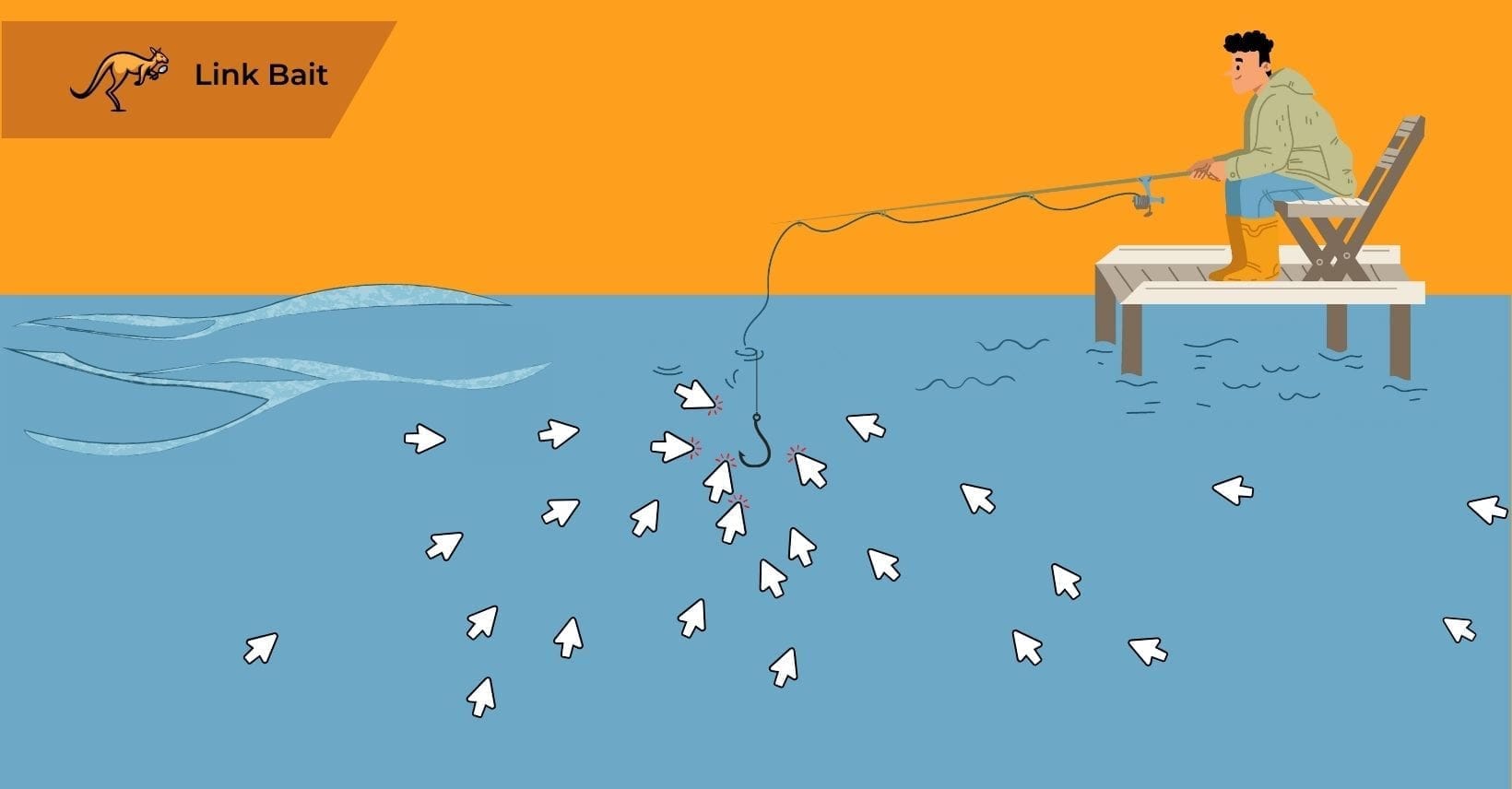What is Link Velocity, and how it can help your campaign?
Today we’re discussing one of, if not the most, asked questions we get about Link Building.
“How long is it going to take me to rank my site or beat the competition and still seem organic?”
“How many and how fast can I build a certain type of link and still appear as natural website growth?”
If you have this question as well, you need to know that what you’re really asking about is: Link Velocity, and in this article, you’re going to find exactly what you need to consider when planning for effective link velocity in your Link Building strategy.
Link velocity refers to the rate at which backlinks are acquired to your website over a specific period of time, which should appear natural to search engines. An effective link velocity strategy ensures that backlinks are added to your domain at a pace that mimics organic growth without triggering red flags in Google’s algorithm.
The first thing to keep in mind is consistency.
Consistency serves as the foundation of successful link velocity, outweighing the importance of simply achieving high link quantities. Link building campaigns require early planning to establish a sustainable monthly link acquisition rate that your resources can maintain throughout the campaign duration, as search engines value steady growth patterns over erratic link building behaviors.
Month to month, be sure you can reach your link building goal.
When concluding your link building campaign, proper scaling down requires a gradual and consistent reduction in monthly link acquisition rates. Link building should taper off slowly over multiple months rather than stopping abruptly, which maintains the natural appearance of your backlink profile and preserves the authority you’ve built throughout the campaign.
Now you’re beginning to see that having a well-planned SEO strategy will always be necessary and even crucial to rank higher or outrank your competitors. This allows you have a tangible roadmap of exactly how many links you should build over a specific period and go about it consistently and methodically.
Just know that you will need to consider the budget for your campaign and its duration before you can start deciding how many links to build. Luckily, you can find all the information you need for both your Link Building Budget and How Many Links Will You Need to Rank Higher.
After you have these two aspects of your campaign set up, your competitors’ analysis is done, and you know how many links your site will need, we can get back into the action.
Let’s go with a hypothetical example and say that your site has no links built, and your competitor analysis shows that to rank higher than the closest one, you’ll need approximately 300 links.
Now what?

The real questions you should ask.
When determining your optimal link velocity, several factors must be considered carefully:
- Your competitive timeline – how quickly you need to rank or outrank competitors
- Your monthly link building budget constraints
- The distribution pattern of links over your campaign duration
- Your website’s current backlink profile and authority
- Your industry’s typical link acquisition patterns
So, let’s start answering them one by one.
Let’s say you expect to outrank your closest competitor in 8 months, which can be a bit unrealistic, but let’s go with that since this is all hypothetical.
You then look at that budget and realise you can build a maximum of 50 links per month.
So, 300 links in 8 months that average approximately 36~38 links per month, and a maximum of 50 links monthly per budget constraints.
For a new site with no backlinks and no ranking, 300 links might seem like a daunting task to achieve. There’s the budget to consider and the risk of Google penalising your site for finding its backlink profile unnatural.
But that’s where consistency and an organic Link Velocity come in to turn this into something feasible and manageable.
Implementing an effective link velocity strategy requires a structured monthly link acquisition plan that follows natural growth patterns:
- 1st Month: Begin conservatively with 37 links to establish your campaign foundation.
- 2nd Month: Increase to your campaign’s peak velocity with 50 links.
- 3rd Month – 5th: Maintain your peak velocity at 50 links per month for consistent growth signals.
- 6th Month: Begin scaling down by reducing to 37 links.
- 7th Month: Continue the gradual reduction with 20 links.
- 8th Month: Conclude the campaign with a natural taper to just 6 links.
Link velocity plays a critical role in SEO success because it signals authentic website growth to search engines. While effective link velocity does not guarantee rankings or completely eliminate the risk of Google penalties, this approach to link building mimics natural backlink acquisition patterns that search engines reward with improved rankings and sustained organic growth.
For that surefire guarantee for rankings, you need to learn all about how to identify the best links for your profile and why it’s important to increase your domain authority.
Back to our topic, the Link velocity described above follows a similar pattern to a Public Relations campaign or a breaking news story. This is why it plays an essential role in helping you get to where you want to rank.
What’s the main takeaway here?
In a word: consistency. You can build all the links you need to outrank a competitor– just make sure that your build quantity for every month has a natural curve where there’s growth, peak and a taper off.
Natural link velocity patterns follow a recognizable curve that resembles organic website growth. Your link building campaign should imitate the growth curve seen after successful PR campaigns or news stories, beginning with a gradual increase in links, reaching a sustainable peak, and then naturally tapering off as the campaign concludes, which signals to Google that your backlink profile is developing authentically.
Google’s algorithm detects unnatural link building patterns, such as acquiring 300 backlinks in a single month followed by zero activity, which raises red flags and can trigger penalties against your website. These penalties may include ranking drops, reduced visibility, or complete deindexing that can significantly delay your SEO progress even after corrective measures are taken.
This could penalize your website, delaying any potential improvements in search rankings even if you later address the issue.
Therefore, it is essential to develop a link-building strategy based on thorough research that not only reaches but also gradually reduces the influx of new links.
A well-executed strategy will demonstrate to Google a genuine spike of interest in your content, which Google will see as relevant linking during a peak period that tapers off naturally.
This approach helps maintain the SEO authority gained during the campaign, supporting your website’s climb in search rankings for targeted keywords. In our next section, discover how Searcharoo can be the ideal partner in leveraging link analysis to boost your SEO efforts.
What Makes Searcharoo the Best Partner for Elevating Your SEO Through Link Analysis?
Due to our comprehensive features, Searcharoo is an exceptional partner for elevating your SEO through link analysis. We provide a detailed analysis of inbound links, assessing the quality, quantity, and relevance, which helps pinpoint strengths and weaknesses in your current SEO strategy.
We offer insights into competitors’ link profiles, Searcharoo enables you to understand their ranking strategies and uncover potential link-building opportunities. Our tool also suggests high-quality link opportunities, streamlining the targeting of valuable connections based on key SEO metrics like relevance and domain authority.
We enhance your SEO efforts by integrating risk management features to identify and mitigate potentially harmful links, by protecting you from search engine penalties. Our capability to seamlessly integrate with other SEO activities, such as keyword research and content optimization, provides a holistic approach to improving your site’s visibility.
Our user-friendly interface is easy to use for both novices and experts. At the same time, comprehensive reporting tools offer deep insights into the effectiveness of your link-building strategies. Support and educational resources from Searcharoo further enrich the user experience, keeping you informed about the latest SEO best practices and link-building techniques.
Let’s summarise.
Be sure to remember these key points:
- Analyse the links your site already has and figure out what keywords it needs to rank for.
- Do the same thing with the backlink profile of each competitor you want to outrank.
- Figure out your budget and get an idea for a maximum of how many links you’ll be able to place each month.
- Plan your link building strategy around an effective and natural link velocity by first analyzing competitor backlink profiles, then establishing a consistent monthly link acquisition rate that your budget can sustain, and finally implementing a gradual scaling down phase at the end of your campaign to maintain the appearance of organic growth.
Lastly, if you’re still unsure of how to approach Link Velocity, or if you need guidance on any Link Building matter, remember you can always schedule a free 15-minute call with our resident SEO experts.
We’re more than willing to sort out any doubt or question you may have with your Link Building strategy or help you strategise your next order to get the most bang for your buck.





